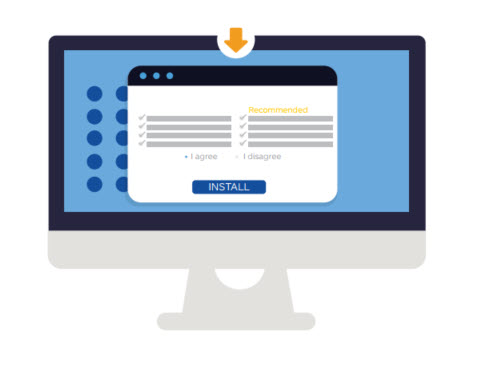Several years ago, I blogged that we would be increasing how aggressive we would be in detecting Potentially Unwanted Programs (PUPs) and our fantastic malware intelligence and research teams have delivered on that promise. Last year, we removed approximately 500 million traces of PUPs per month!
In response, a lot of the PUP developers are making efforts to circumvent our criteria and continue distributing their damaging software to users. This is why we are getting even more critical about what we call a PUP, and what we are going to be detecting and removing from user systems.
Earlier this morning, Malwarebytes posted a revision to the criteria that we use to identify PUPs. These changes are to help continue that fight against products and companies that scam users on the Internet.
Our efforts have resulted in making users’ systems safer and more productive by removing these kinds of software. Unfortunately, we have also received a lot of negative attention from the PUP developers. This has resulted in backlash ranging from nasty blog posts and comments from fake profiles defending the products to, of course, a mountain of letters with legal letterheads demanding that we stop.
Now some people might think of this as something that would slow us down, but we see it as proof that we are making a dent in the development and distribution of PUPs.
You can learn more about our new PUP criteria here.










